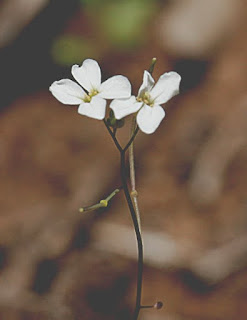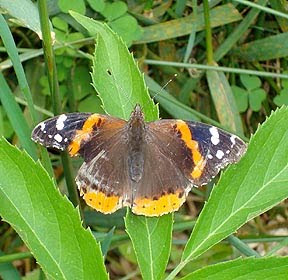When my husband went in for tests at the Mayo Clinic this week, I was his designated driver and official hand-holder. Normally, I don't look forward to hospital visits. This time was different. It would be the first time I'd be in Rochester, Minnesota when the Peregrine Falcons are nesting. Maybe we'd get lucky and see them.
Our Mayo adventure started in the Damon parking structure. We found a vacant spot on the 9th floor. The stress of "going in for tests" was building as the elevator from the parking area opened in the Clinic subway.
We headed towards the information booth. I always take a look at the Mayo brothers history mural, but this time I was distracted by
13 glass chandeliers suspended from the Gonda Building ceiling. Wow. They were created by American glassblower
Dale Chihuly, one of the world's foremost glass artists. (For information about Mayo art tours, click
here).
The information booth in the Gonda building is a short distance from the Mayo Building. Heading down the subway corridor, we were distracted again - this time by music. A Mayo doctor was standing in the atrium, belting out a song, accompanied by a woman masterfully playing a grand piano. We listened as we weaved our way through the crowd.
I was looking for the alcove between the Pharmacy and the Patient/Visitor Cafeteria, where I hoped to see the Peregrine Falcon nest camera. (The real thing - the box with the nesting birds - is a couple of blocks away, attached to the Guggenheim Bldg.)
We found it. It was operational. The birds were doin' their thing.
I wasn't the only person mesmerized by the live action drama of 2 falcons feeding their 3 chicks. I came back several times throughout the day. Just about everyone who walked by, stopped to watch and comment to whomever was standing there.
Mom and Dad falcon took turns eviscerating the birds they caught to feed their chicks (the hatching started May12).
This week's big drama: one egg did not hatch. The female kicked it to the side of the box. There's a runt - 2 of the birds are much larger than the 3rd.
Mom (who is bigger than Dad) has a gimpy right foot. I asked the woman at the information desk if anyone knew. Yah, sure, she said. This female is Canadian (from Ontario) and she got in to a fight with another female. The Canadian bird won, but hurt her foot in the fight, weeks ago.
Mom (above) is banded. She's approximately twice the size of Dad.
The scientists who monitor the nest will be on-site, banding the birds on Wednesday, June 12. They're also planning to bring a Peregrine Falcon for visitors to meet - up close at the Judd Auditorium (11:30 to noon).
The Peregrine Falcon live camera is one of Mayo's greatest distractions. But, unfortunately, I can't say the same for their birdfeeder video in the Pharmacy waiting room.
Seeing House Sparrows and Starlings kick seed out of feeders was not what I would call great viewing. The folks in charge of visitor distraction at the clinic should be able to find better bird videos... maybe a live cam feed from the River Bend Nature Center...















































